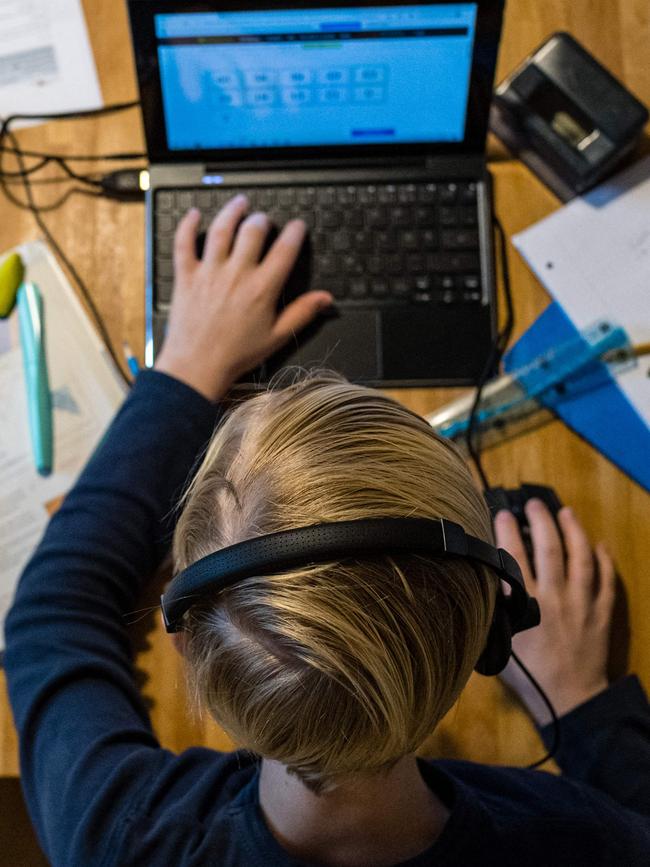Bosses and workers split on benefits of working from home
New research shows a divide in productivity expectations, and the level of uninterest employees have in a return to the office.

A new study of 5000 federal public servants working from home finds that while employees think they are more productive working remotely, their managers disagree.
Almost three in five employees said their productivity was higher when working from home than in the office; fewer than 10 per cent believed productivity was lower.
However, two-thirds of managers thought productivity remained the same whether the work was conducted at home or in the office.
Managers and employees also perceived the impact of working from home on employees’ mental health differently, according to the study by UNSW Canberra and CQUniversity,
While the vast majority of employees reported they had not experienced negative health and safety impacts in working from home, more than half of the managers noticed negative or psychological impacts on their staff.

UNSW Canberra associate professor Sue Williamson said this largely took the form of “Covid-fatigue”, with employees feeling exhausted and burnt out.
“Some Covid-fatigue is just that – it is attributable to the pandemic. Without overarching factors such as enforced working from home and home schooling, hybrid working can be a very successful working arrangement,” she said.
Longer working hours contributed to burnout, with a third of respondents last year saying they worked more hours than in pre-pandemic times, compared with 28 per cent in 2020.
Almost 12 per cent of employees worked outside their usual working hours because of management expectations or workloads. This number had almost doubled from 2020.
Prior to the pandemic, about one-third of respondents said they accessed remote working, with little difference between men and women. At the 2021 pandemic peak, 84 per cent of respondents worked from home..
The study also revealed a mismatch between preferred and actual working arrangements.
More than one-third of employees would like to work from home all the time, or for 80 per cent of their working week. Fewer than 10 per cent want to spend all their working hours in their employers’ workplace.
“It will be important for managers and organisations to work out optimum hybrid working arrangements – the amount of time employees can work from home, how tasks are distributed and workloads managed with hybrid teams,” Professor Williamson said. “Over two in five respondents also stated that if their agency did not allow them to work from home at all, they would consider changing agencies or leaving the public sector.”
Community and Public Sector Union national secretary Melissa Donnelly said remote and flexible working was becoming key to attracting and retaining the best employees. “The Australia Public Service have delivered for the community throughout the pandemic, and have shown they can do that whether they are working from the office or home. It is clear the APS has to embrace hybrid working if they wish to attract and retain the best staff,” she said.






To join the conversation, please log in. Don't have an account? Register
Join the conversation, you are commenting as Logout